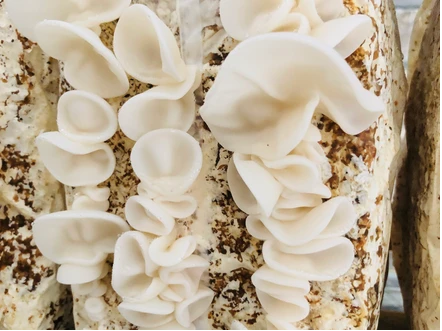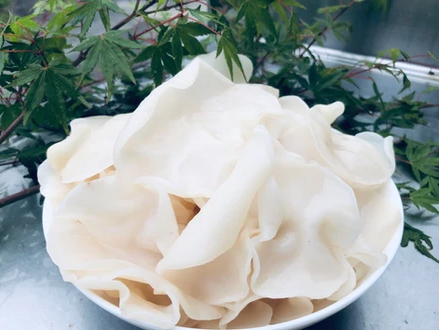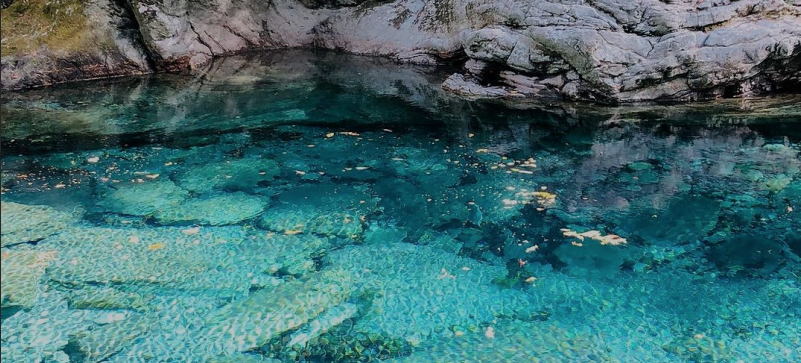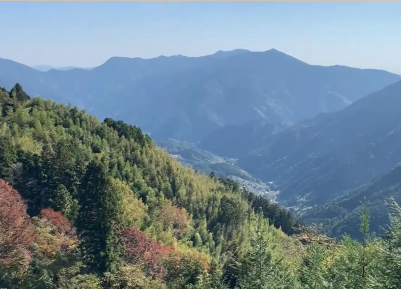An Ingredient Full of Hidden Potential
Update: 2024.10.09
What dishes come to mind when you hear “wood ear mushroom”?
Or, do you even know what kind of mushroom it is?
Wood ear mushroom is often found in Chinese dishes like stir-fries with various vegetables and meats. Remember the black color one with the chewy texture?
Dried versions are commonly sold at Asian grocery stores and used at homes and restaurants. So, when I found fresh wood ear mushrooms, I was very excited – until I cooked them. They became so soggy that they didn’t taste as good as the dried ones.
Wood ear mushrooms don’t really have a distinct flavor, and they don’t seem to offer much nutritional value either. Even so, I simply enjoyed their chewy texture. Then, I met Tsuboi Co., Ltd. and realized I was wrong.
Tsuboi’s wood ear mushrooms are 1.5 times thicker and larger than regular ones. I also learned for the first time that, in some Asian countries, they’re called “edible herbal medicine” because of their value as a health food.
- Improve skin health and prevent aging: the gelatinous part of the mushroom is rich in collagen.
- Immunity booster: they are packed with Vitamin D, one of the top sources among vegetables and mushrooms.
- Source of Calcium and Iron: Their calcium content is about twice that of milk, and the iron content is three times that of liver. Wood ear mushrooms can help you look and feel healthy, with strong bones and nails, and without anemia and cold sensitivity.
- High fiber: they contain three times that of burdock root, which is helpful for those struggling with constipation.
- And more:They also contain a wealth of other nutrients like folic acid, zinc, potassium, and Vitamin B2.
Also, they reason they are such a popular ingredient in Chinese dishes is because they don’t have a strong flavor, allowing them to absorb the flavors of the ingredients and broth they’re cooked with.
This makes them a versatile ingredient.
- Japanese dishes: miso soup, oden, sushi
- Western dishes: salads, stews, pizzas
Tsuboi’s wood ear mushrooms even come in a rare white variety, and when rehydrated, they are so beautiful it’s like floating flowers in water.


The company’s president, Mr. Fujiwara, started cultivating wood ear mushrooms out of concern for the additives found in the mushrooms served in school lunches. He wanted children to eat safe and healthy food. After learning about the nutrient richness in the mushroom, he began growing them at an altitude of 750 meters near the upper stream of the Niyodo River, known as Japan’s clearest river.


This is how both larger and safer wood ear mushroom become available, while still being nutrient-rich like other varieties.
With so much potential in this amazing product, wouldn’t you like to try it for yourself?
You can purchase them here, and on the product page, you’ll find daily recipes from Fuku-chan, a former chef. These recipes could be perfect for tonight’s dinner!
